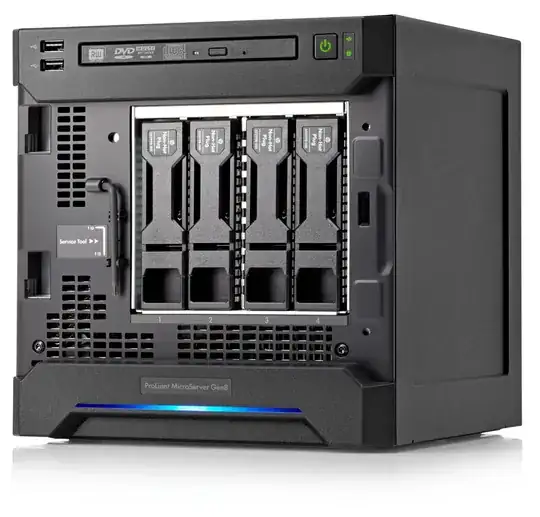I'm trying to run ESXi 6 off the Internal USB 2.0 port on a HP Microserver Gen8. No matter what I try it will not make any attempt to boot the internal USB to load the hypervisor.
I installed ESXi 6 with the customised ProLiant HP image (Jan 2016). The steps I took to do this was burn the ISO to a CD and installed it to a 8 GB Transcend while it was plugged into the internal USB slot of the Microserver Gen8. I pulled all SATA drives before installing. The ESXi setup detected the USB drive no problem and installed without an issues. Upon rebooting it doesn't boot from it at all.
I checked my BIOS and all the USB related options appear to be correct:
- USB Enabled - Enabled
- USB Boot Support - Enabled
- Main Boot order - USB DriveKey is set to first priority
- Internal drives boot priority - USB DriveKey first
- USB Enumeration - Enabled
To confirm the USB stick is working I pulled it out of the Microserver Gen8 and booted it on a laptop, which booted no problem.
I had the same problem with another USB drive but thought it might just be bad luck for compatibility, however two USB drives doing the same thing seems a little bit suspect.
What am I missing that's preventing the USB drive from booting on the Microserver Gen8 when using the internal port?

